Slips, Trips & Falls – Would Your Business Pass These Tests?
Tests
1. Additional measures are taken during adverse weather conditions, such as procedures for icy conditions, high winds etc. Check how the instructions are issued.
2. Wet floor hazard signs are used when required and are not left out unnecessarily once the hazard is removed/eliminated.
3. Staircase/landings are not used for storage, handrails, floor covering & nosing’s in good condition – walk back of house areas.
4. Aluminium plates under automatic doors to be checked for lifting/slip resistance.
5. Ventilation and lighting is adequate in service road and in back of house areas.
Test 1
Additional measures are taken during adverse weather conditions, such as procedures for icy conditions, high winds etc. Check how the instructions are issued.
Reason for This Test
A procedure should be in place for dealing with icy conditions such as gritting external areas and who this responsibility would lie with e.g. mats.
Possible Answers
Red: No procedures in place at all
Amber: Some procedures in place but awareness not clear
Green: Clear procedures in place which have been adequately communicated
Common Issues
- No procedures in place
- Ad-hoc measures in place
Fail Rate
20% of businesses failed this question based on our sample data.
Test 2
Wet floor hazard signs are used when required and are not left out unnecessarily once the hazard is removed/eliminated
Reason for This Test
Wet floor signs should not themselves create a hazards.
Possible Answers
Red: Wet signs unavailable and no evidence of use
Green: Wet signs used sensibly and cleaners clear on when to use them
Common Issues
- No wet floor signs available on the premises
Fail Rate
9% of businesses failed this question based on our sample data.
Test 3
Staircase/landings are not used for storage, handrails, floor covering & nosing’s in good condition – walk back of house areas.
Reason for This Test
Storage on stairs is the main cause of accidents on staircases. Staircases to be well lit, prominent nosing and adequate handrails.
Possible Answers
Red: Storage on stairs causing a tripping hazard or stairs in poor condition. Lighting, nosing or handrails not adequate
Amber: No storage on stairs but some repairs required. Lighting, nosing or handrails not adequate but plans in place to improve imminently
Green: No storage and stairs and in good condition. Lighting, nosing and handrails adequate
Common Issues
- Item storage
- Trip hazards identified
- General housekeeping issues
Fail Rate
11% of businesses failed this question based on our sample data.
Test 4
Aluminium plates under automatic doors to be checked for lifting/slip resistance.
Reason for This Test
Plate should not be lifting or damaged and should be covered with anti slip tape.
Possible Answers
Red: Plate lifting or felt to be dangerous
Amber: Minor defect not dangerous
Green: Plate adequate
Fail Rate
All businesses passed this question based on our sample data.
Test 5
Ventilation and lighting is adequate in service road and in back of house areas.
Possible Answers
Red: Complaints of excessive heat and or poor health – no plans to improve
Amber: Problems exist but plans in place to improve
Green: Ventilation adequate
Common Issues
- Uneffiective cooling
- No lights or emergency lights
- Broken light fixtures
Fail Rate
7% of businesses failed this question based on our sample data.
Information
Introduction
If suitable controls are not followed a busy location can be a dangerous place to work.
There are lots of activities happening in a relatively small space, and a team that might be working under demanding time pressures during peak periods.
All team members should be given training on what their job involves. Even for the simpler jobs, people need to be told about how to move around the restaurant safely, and how not to cause problems for other team members, guests, public and customers.
As team member’s progress and gain more skills they need to be given more training and supervision.
All team members should share their experience of how to work safely and effectively.
Slips and trips are one of the most common causes of injury in the workplace:
- Poor housekeeping standards, include deliveries not put away and waste and packaging left on floor
- Incorrect or badly worn footwear
- Storage in walkways and on stairs
- Deliveries left in escape routes and walkways
- Stock left on floors on store rooms
- Contamination of the floor from dropped food items or liquids
- Contaminated floors/areas due to irregular cleaning
- Insufficient lighting
- Insufficient training for team members
- Adverse weather conditions
Controls over factors that could lead to slips or trips are often part of controls over more specific areas, e.g. use of equipment in a way that does not leave trailing leads across walkways during times when people will be moving around the location.
Attention must be paid to the general standards of housekeeping to be sure that all hazards that might cause team members, guests, public or customers to slip, trip or fall are controlled.
Policy Example
The company accepts that some of its operations may, unless properly controlled, create risks to its customers and staff, and will take all reasonably practicable measure to reduce these risks to an acceptable level.
Statistics show that slips, trips and falls are the commonest cause of injury to customers and staff. A policy is intended to reduce the risk of slips, trips and falls on the level injuries and to provide guidance on the measures that should be taken to ensure customer and staff safety.
The company will ensure that hazards affecting customers and staff are eliminated so far as it reasonably practicable. Measures to achieve this are:
- Safe design, specification and maintenance of all premises including internal and external flooring and horizontal surfaces.
- Ensuring that the correct and most appropriate shoes are issued to prevent slips, trips and falls as identified and if required through the risk assessment process.
- Use of risk assessments/risk based inspections to identify significant environmental and other risks or unsafe practices.
- Timely reporting of incidents and prompt investigation.
- Feedback and learning from incidents.
Key Control Measures Example
Slips, trips and falls have various contributing factors. To adequately prevent and manage them, we must look at the following:
Cleaning and clearing
- Always clean spillages immediately.
- Never walk away from a situation where a person coming after you could slip or trip.
- Ensure all areas including staircases are cleaned regularly.
- In the event of a spillage clean the area immediately if possible. If not use barriers, wet floor signs or covers to prevent slips. Place warning notices or use barriers if the floor is left wet after cleaning.
- Ensure there are no obstructions in the traffic routes, or anything protruding.
People
- In the case of guests, public and customers, some may have limited vision, have consumed alcohol and children will often fail to look, with other team members, they may be carrying something that obstructs their view ahead.
- Team members may also become tired and concentration levels may fall, or may be rushing. Care must be taken.
Contamination
- Dispose of waste into bins or bags. Check for spillages where waste bags have been transported and around waste areas.
Environment
- Beware of waste falling onto the floor and becoming a hazard. Clean and tidy up as you go along. This applies to all areas within the premises.
- Ensure there is suitable and sufficient lighting in all areas where someone may not be able to see contamination or an obstacle.
Flooring
- Always make sure floors, walkways, etc. are kept free of anything that could cause a person to trip, e.g. packaging, trailing cables, etc.
- Ensure that staircases are kept clear at all-times.
- Report any damage that might cause slips/trips to the management e.g. floor tiles lifting, holes in flooring, dripping water or waste pipes, etc.
Work equipment and method
- Only stable and suitable access equipment must be used to reach to heights, i.e. no wheeled chairs, stacked boxes etc.
- Do not carry items in a way that does not allow you to see where you are going, or any obstructions in your way.
Footwear
- Always wear shoes that have a good grip and allow you to walk well balanced.
This post is part of the “Focus on Health and Safety Audit Questions” series. A series which focuses on questions asked by our health and safety consultants when conducting a health and safety audit.

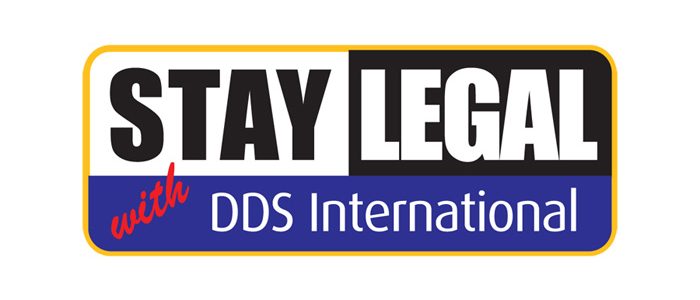
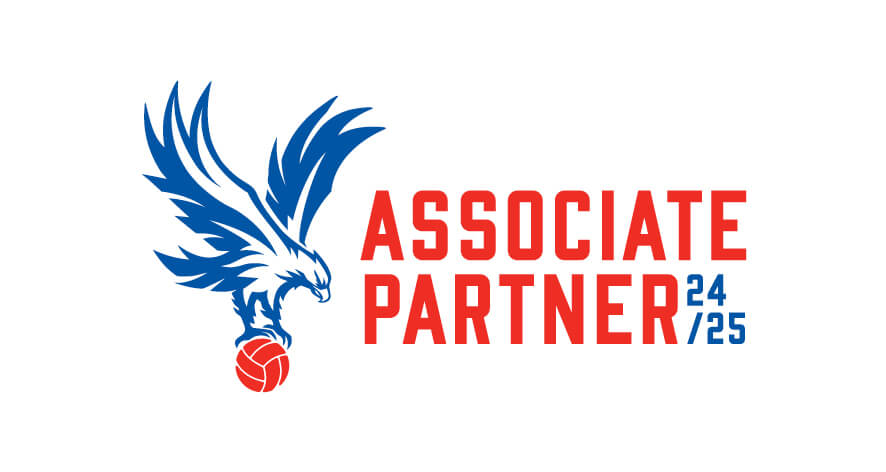
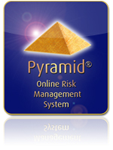


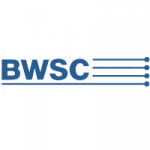
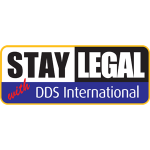
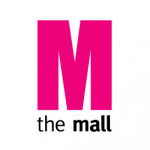
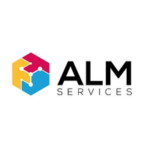
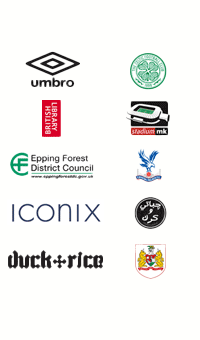
Comments are closed.